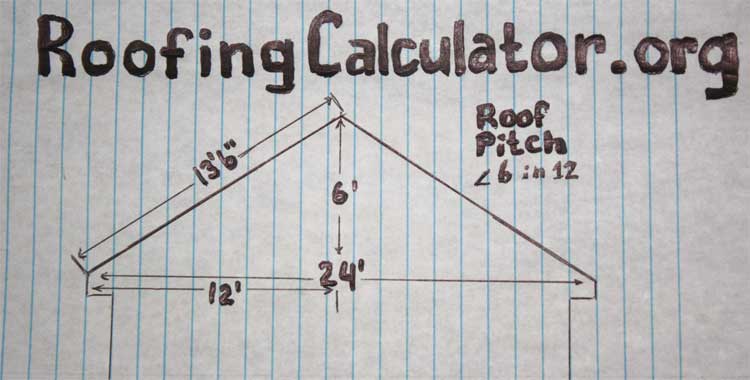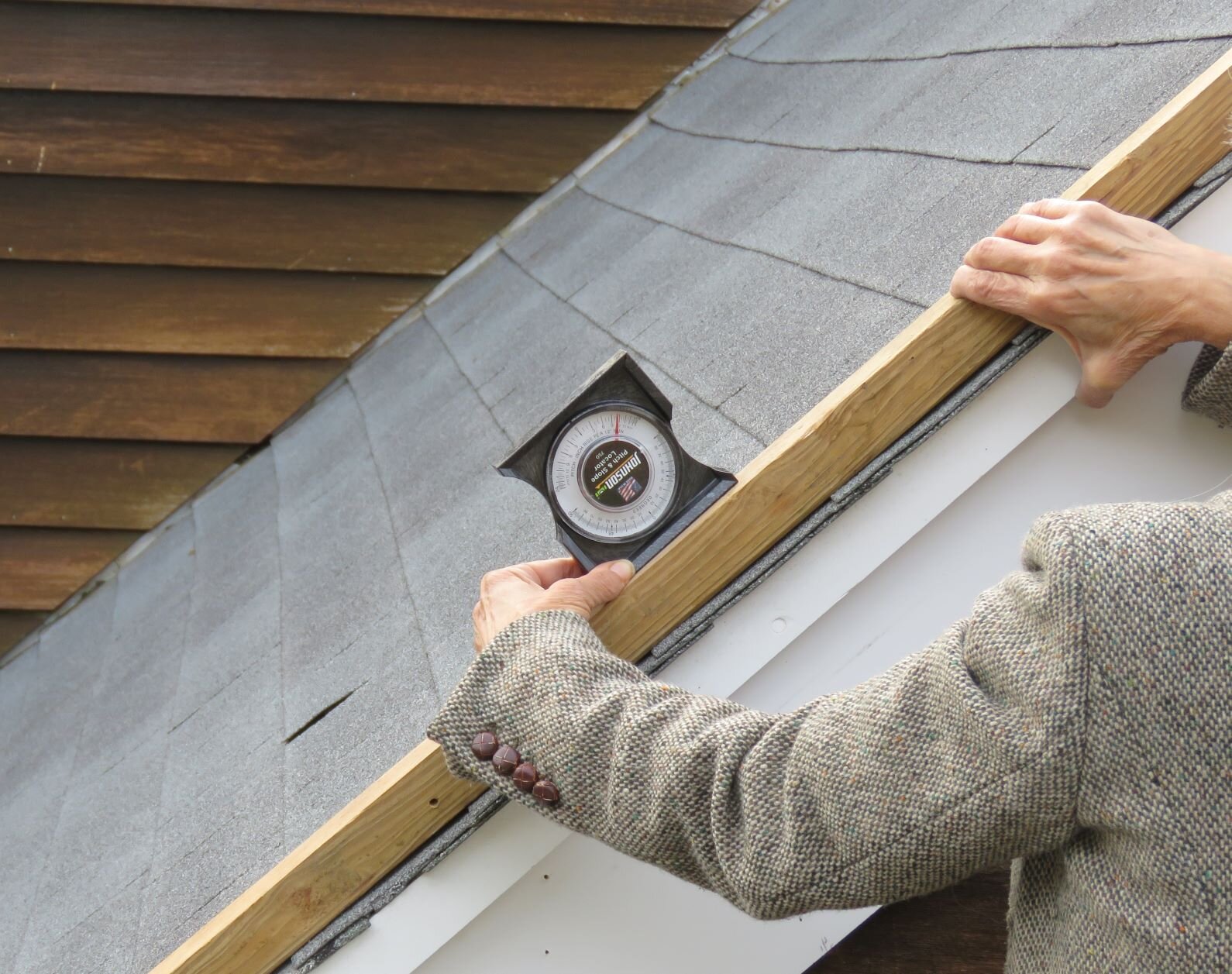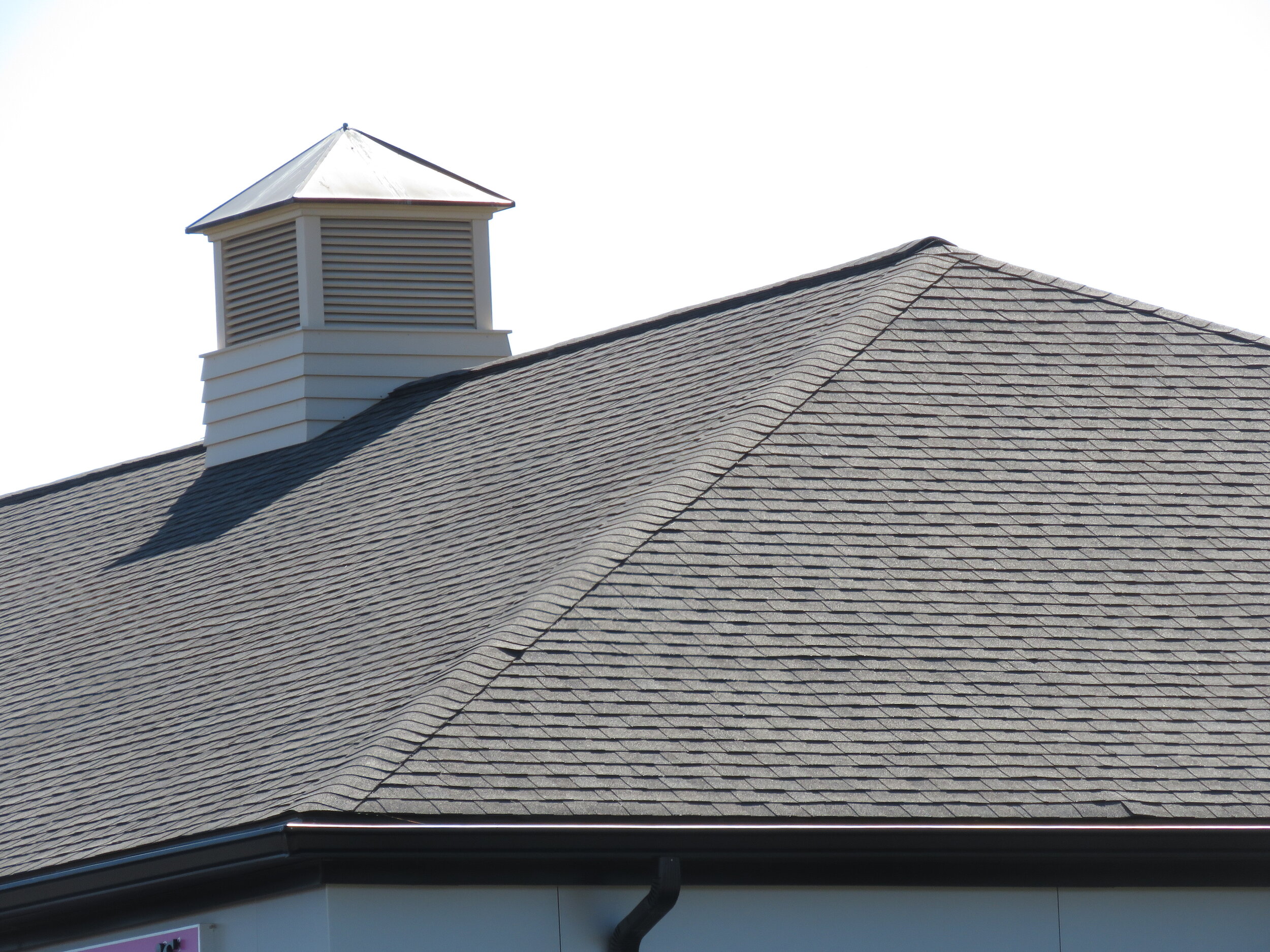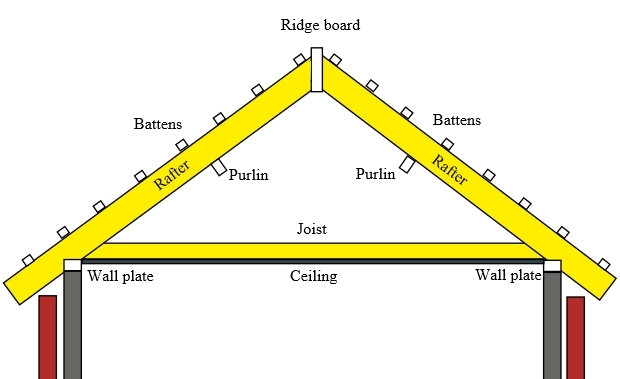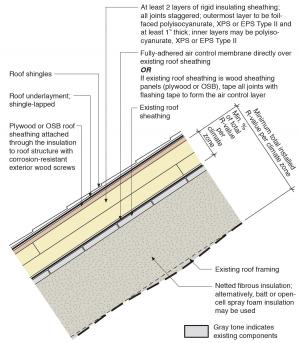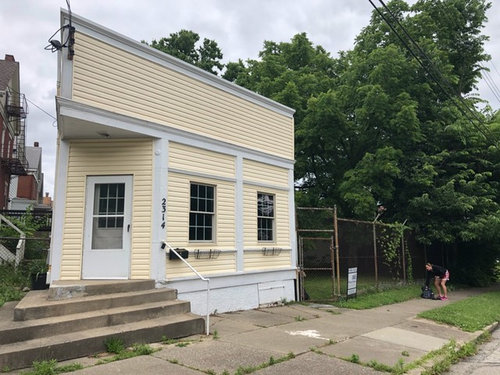Square Root To A Pitched Roof

They have a pitch ranging from 4 12 to 9 12.
Square root to a pitched roof. It is often compared to slope but is not exactly the same. Although ceramic tile roofs are expensive they can have a life span of over 100 years. You can also calculate roof pitch even without using a roof slope calculator. The result is divided by 12.
Dividing these numbers gives you the ratio of 2 6833 which gives kens original product of r1 time r2 divided by the square root of the sum of the squares. Roof pitch is the measurement of a roof s vertical rise divided by its horizontal run. This is ken s square root of r1 squared plus r2 squared or the square root of 9 36 but is divided by r2. Conventional roofs are the easiest to construct and you can walk on them safely.
Add 1 then take the square root. For example a roof with a span of 20 ft and a rise of 7 feet needs rafters that are the square root of 400 49 21 2 feet. Sometimes we need to know our existing roof pitch to install new roofing material or for building inspection. Divide the rise by the run the run is 12.
A roof pitch multiplier also known as a roof pitch factor is a number that when multiplied by the area covered by a sloped roof gives the actual area of the roof. Multiply by the square footage of a single floor of your house. These roofs have a pitch less than 4 12. High pitched roofs often need extra fasteners and their pitch can be as high as 21 12.
Six squared is 36 and 12 squared is 144. A roof pitch multiplier also called a roof pitch factor is a number that is multiplied by the area covered by a sloped roof to produce the area of the actual surface of the roof for roof slopes expressed as x in 12 rise in run the roof pitch multiplier is determined by finding the square root of rise run 1. The pitch is commonly defined as the ratio of rise over run in the form of x 12. The rise is the height of the roof and the run is the horizontal span as pictured above.
Shingle roofs typically have a life span of 15 30 years while membrane roofs usually last 5 15 years. This is the base number on your square. This does not include the extra length required for the overhangs. How to find existing roof pitch.
Adding 36 plus 144 equals 180. The number on the blade of the square is r1. But you have to take the square root of 20 to find the length and it ends up being around 4 5. The maths behind this number is that it is the square root of rise run 2 1.
For example if a roof has a pitch of 4 12 then for every 12 inches the building extends horizontally it rises 4 inches. Adding 1 gives us 1 1 9 10 9 then taking the square root gives us about 1 0541. Suppose you have a 6 12 pitch roof. The overall length of the roof or a common rafter from the base to the ridge is calculated by squaring the run adding it to the square of the rise and finding the square root of the sum.


